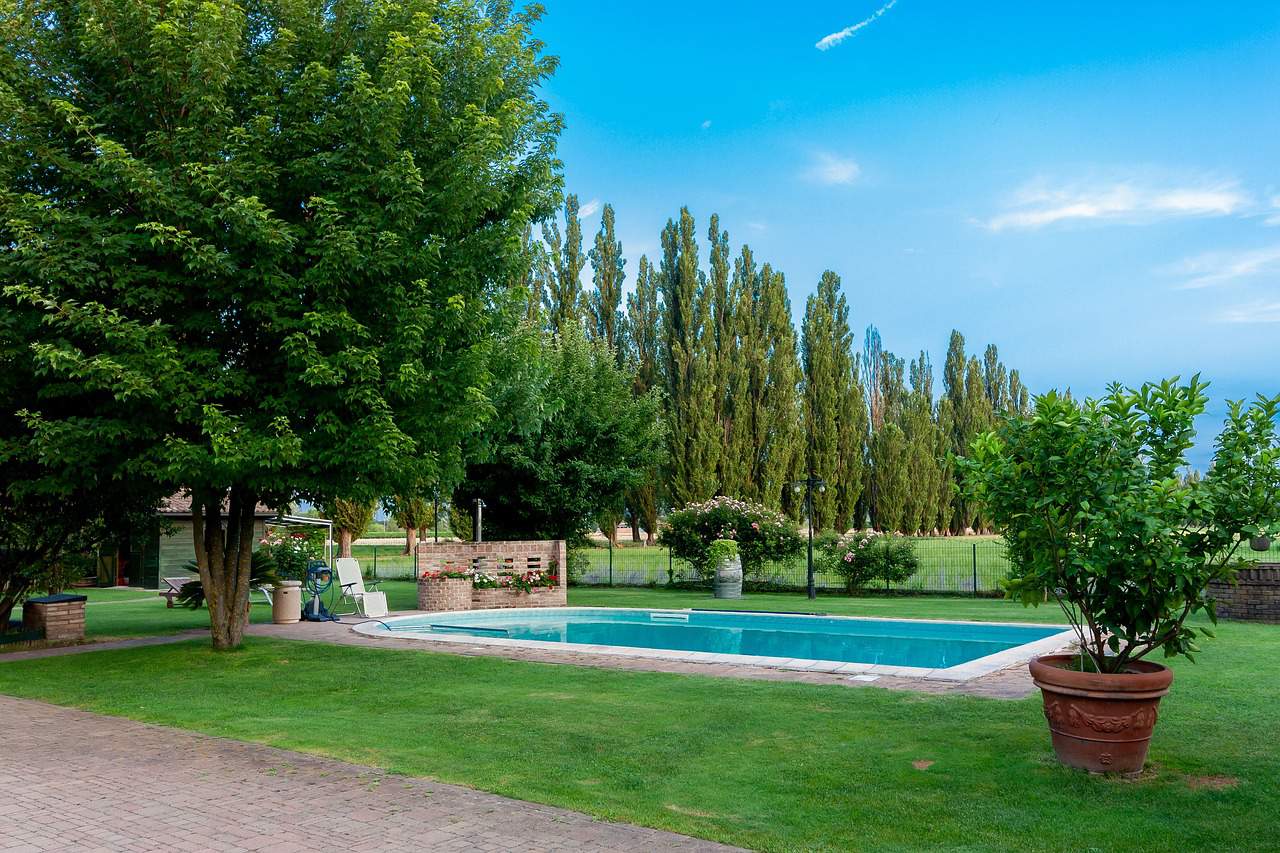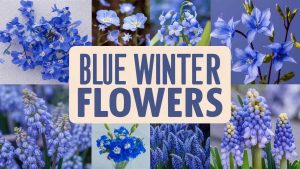If you have a pool in your backyard, then you know the importance of keeping it clean and tidy. But did you know that there are some plants that can actually make your pool area messier? In this blog post, we’ll take a look at the most notorious poolside offenders and explain why they should be avoided if you want to keep your swimming area looking its best.
Acacia (Fabaceae)
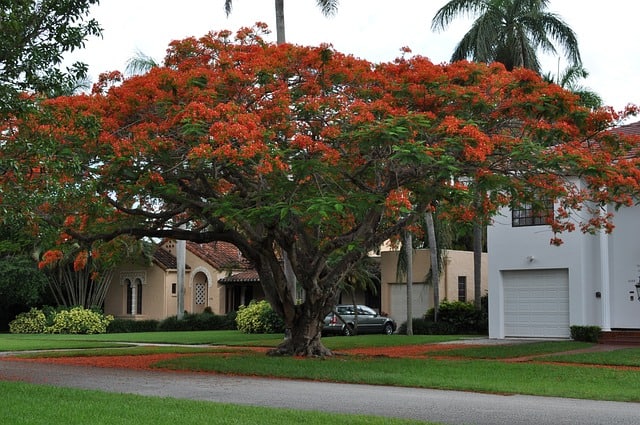
Acacia trees are beautiful, but their long, sharp thorns can make them a nuisance near swimming pools. In addition, these trees are known for dropping small seed pods that can float in the water and clog filters.
Azalea (Rhododendron)
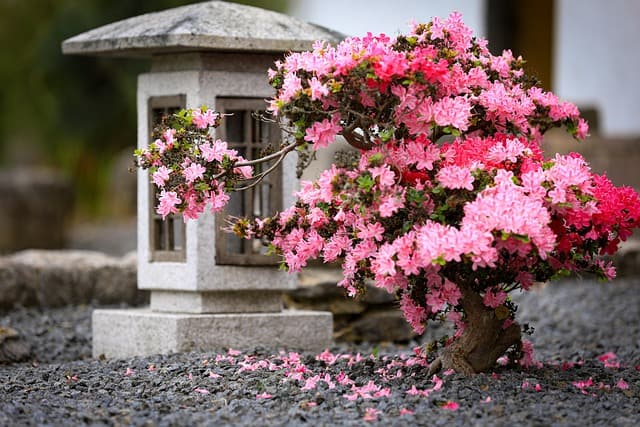
Azaleas are another type of plant that is often used as landscaping around pools. However, like acacias, azaleas have sharp thorns that can make them dangerous for swimmers. In addition, these plants produce large amounts of pollen that can end up in the water and cause allergic reactions in some people.
Bamboo (Bambusa)
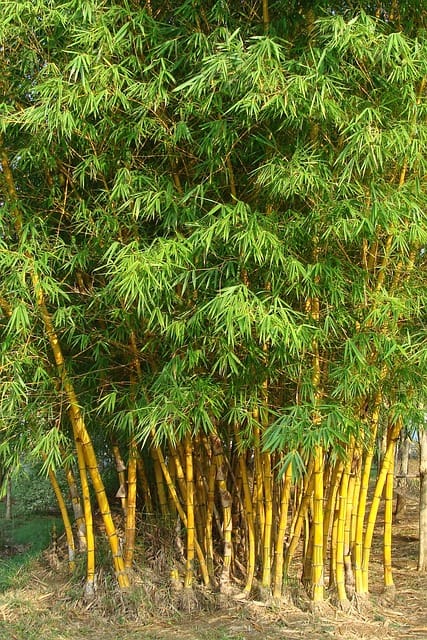
Bamboo is a fast-growing plant that can quickly become out of control if not properly maintained. These plants also have sharp edges that can hurt swimmers if they come into contact with them. Furthermore, bamboo is notorious for dropping leaves and branches into the pool, which can be difficult to remove.
Bottlebrush (Callistemon)
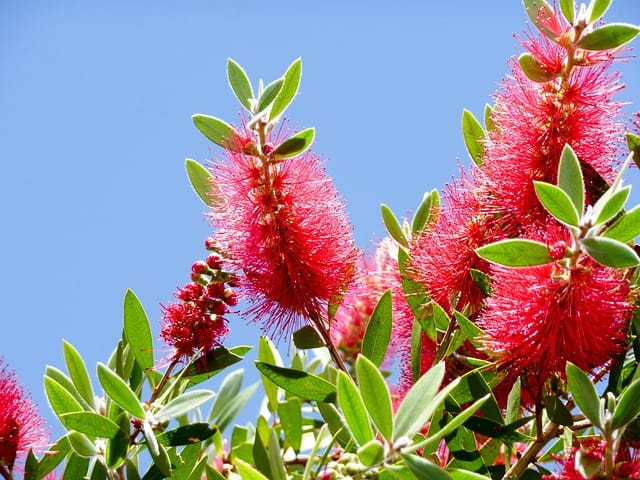
Bottlebrushes are common poolside plants because they are drought-tolerant and require little maintenance. However, these plants produce a lot of flowers and seed pods that can fall into the water and clog filters.
Bougainvillea (Nyctaginaceae)
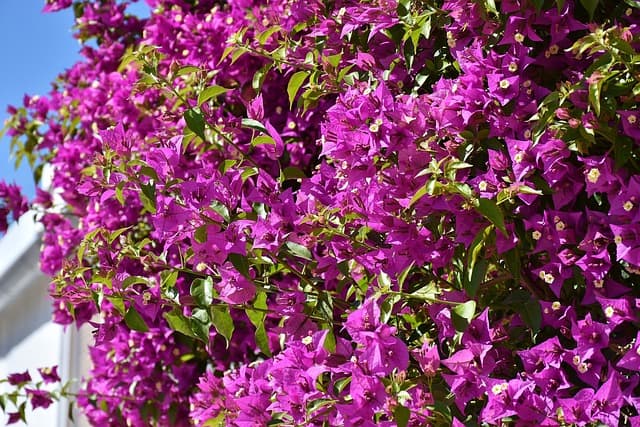
Bougainvilleas are another popular choice for landscape around pools because of their colorful flowers. However, these plants also produce a lot of pollen that can end up in the water and cause allergic reactions in some people. In addition, bougainvilleas drop a lot of flowers and leaves that can make swimming pools look messy.
Crape Myrtle (Lagerstroemia indica)
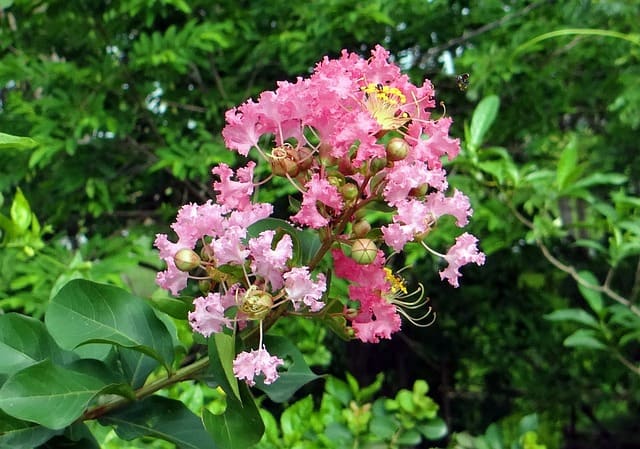
Crape myrtles are fast-growing trees that can reach heights of 30 feet or more. They’re popular for their beautiful flowers, which come in a variety of colors including white, pink, and purple. Crape myrtles also have large leaves that can drop into your pool and make it dirty.
Dwarf Arborvitae (Thuja orientalis or Platycladus orientalis)

Dwarf arborvitae are small evergreen trees that only grow to about 6-8 feet in height. They’re popular for their low maintenance requirements and ability to thrive in a wide range of climates. However, dwarf arborvitae also produce a lot of pollen, which can be a problem for people with allergies. In addition, their small berries can fall into your pool and make it dirty.
Flowering Cherry or Plum Tree (Prunus)
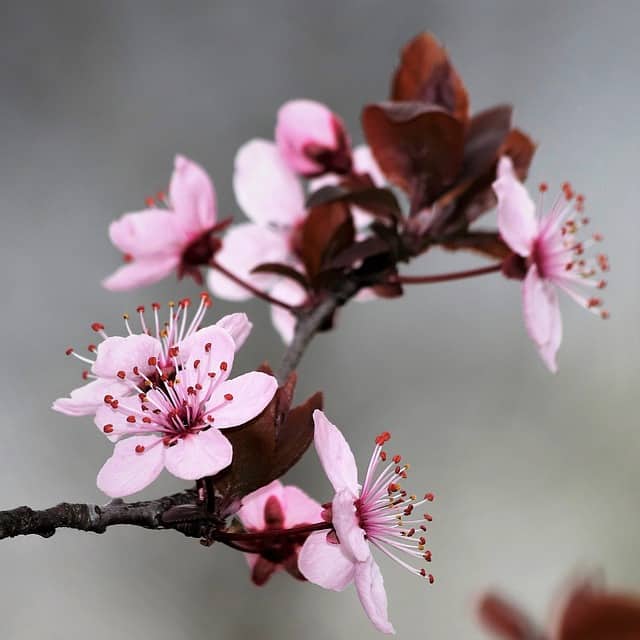
Flowering cherry and plum trees are popular for their beautiful flowers and tasty fruits. But they also have another unwanted side effect: they drop a lot of leaves! In addition, their fruits can fall into your pool and attract bees and other insects.
Honeysuckle (Lonicera)

Honeysuckle is a species of flowering plant that produces beautiful blossoms in a variety of colors including white, pink, yellow, and red. Honeysuckle is also very fragrant, which can be appealing to humans but also attract bees and other insects to your pool area.
Tulip Tree (Liriodendron tulipifera)
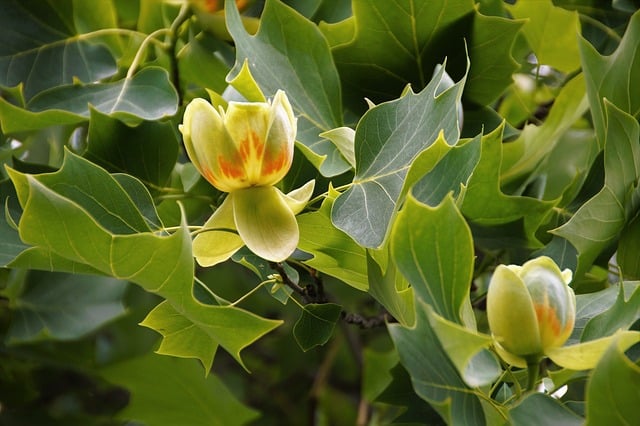
Tulip trees are large deciduous trees that can grow to heights of 80 feet or more! They get their name from their large tulip-shaped leaves and beautiful tulip-like flowers. While they’re certainly a sight to behold, Tulip trees are also notorious for dropping leaves, branches, and seed pods into pools – making them one messy tree to avoid near your swimming hole!


